Predator Nematodes?
7 years ago
last modified: 7 years ago
Featured Answer
Sort by:Oldest
Comments (41)
- 7 years ago
Related Professionals
Citrus Heights Landscape Architects & Landscape Designers · Bridgetown Landscape Architects & Landscape Designers · Saint Charles Landscape Architects & Landscape Designers · Middletown Landscape Contractors · Avocado Heights Landscape Contractors · East Lake-Orient Park Landscape Contractors · Fort Atkinson Landscape Contractors · Palm Beach Gardens Landscape Contractors · Pueblo West Landscape Contractors · River Ridge Landscape Contractors · West Orange Landscape Contractors · Citrus Heights Swimming Pool Builders · Cedar Park Siding & Exteriors · New Port Richey East Siding & Exteriors · Newington Siding & Exteriors- 7 years ago
- 7 years agolast modified: 7 years agoCori Ann - H0uzz violated my privacy thanked summersrhythm_z6a
- 7 years ago
- 7 years agolast modified: 7 years ago
- 7 years ago
- 7 years agolast modified: 7 years ago
- 7 years agolast modified: 7 years ago
- 7 years ago
- 7 years ago
- 7 years ago
- 7 years agolast modified: 7 years ago
- 7 years agolast modified: 7 years ago
- 7 years ago
- 7 years agolast modified: 7 years ago
- 7 years ago
- 7 years ago
- 7 years ago
- 7 years ago
- 7 years ago
- 7 years agoCori Ann - H0uzz violated my privacy thanked Melissa Northern Italy zone 8
- 7 years ago
- 7 years ago
- 7 years ago
- 7 years agolast modified: 7 years ago
- 7 years ago
- 7 years ago
- 7 years ago
- 7 years agolast modified: 7 years ago
- 7 years agoCori Ann - H0uzz violated my privacy thanked Natasha (Chandler AZ 9b) W
- 7 years ago
- 7 years agoCori Ann - H0uzz violated my privacy thanked Natasha (Chandler AZ 9b) W
- 7 years ago
- 7 years ago
Related Stories

LIFEHow to Outsmart Backyard Critters
Learn to think like a raccoon, skunk or squirrel to keep your home safe and your garden intact
Full Story
GARDENING AND LANDSCAPINGBid Bad Garden Bugs Goodbye and Usher In the Good
Give ants their marching orders and send mosquitoes moseying, while creating a garden that draws pollinators and helpful eaters
Full Story
GARDENING GUIDESGarden Myths to Debunk as You Dig This Fall and Rest Over Winter
Termites hate wood mulch, don’t amend soil for trees, avoid gravel in planters — and more nuggets of garden wisdom
Full Story
GARDENING GUIDESInvite Mining Bees to Your Garden by Planting Their Favorite Plants
Look for mining bees (Andrena) pollinating woodland wildflowers in U.S. gardens this spring
Full Story
GARDENING GUIDESGet on a Composting Kick (Hello, Free Fertilizer!)
Quit shelling out for pricey substitutes that aren’t even as good. Here’s how to give your soil the best while lightening your trash load
Full Story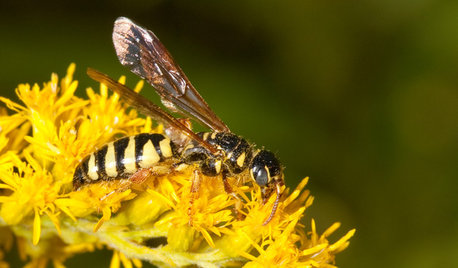
GARDENING GUIDESAttract Thynnid Wasps With Summer-Flowering Native Plants
These beneficial insects will hunt damaging beetle grubs in your lawn
Full Story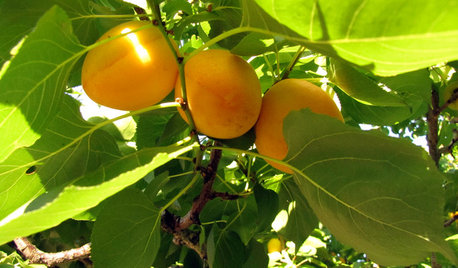
EDIBLE GARDENSHow to Grow Your Own Apricots
Velvety fruit, pretty blossoms and interesting bark make apricot trees a delight — and they’re great for smaller gardens
Full Story





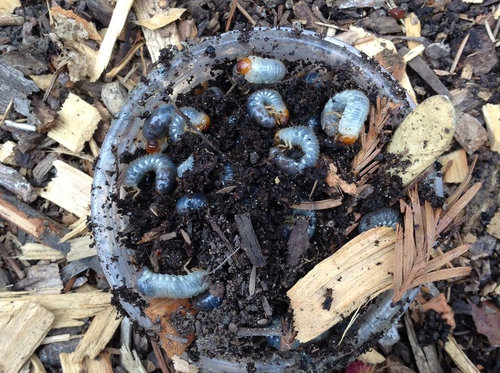
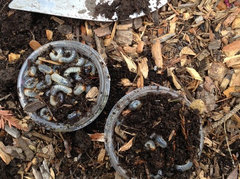
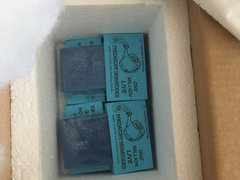
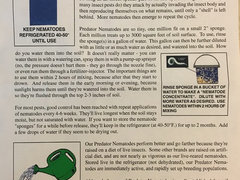
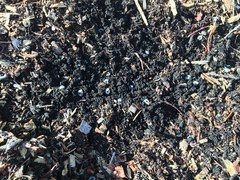


henry_kuska